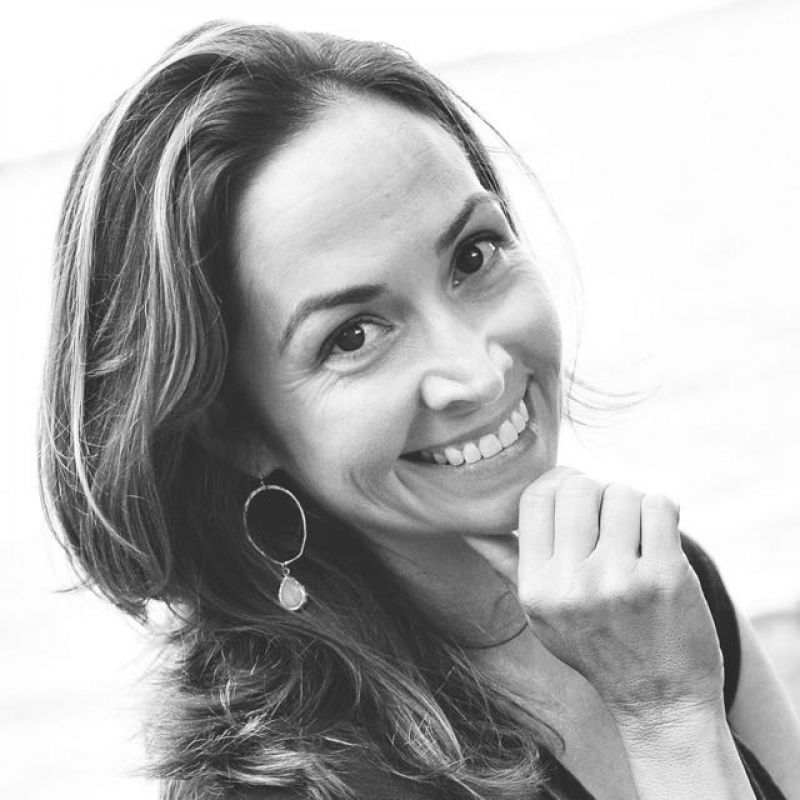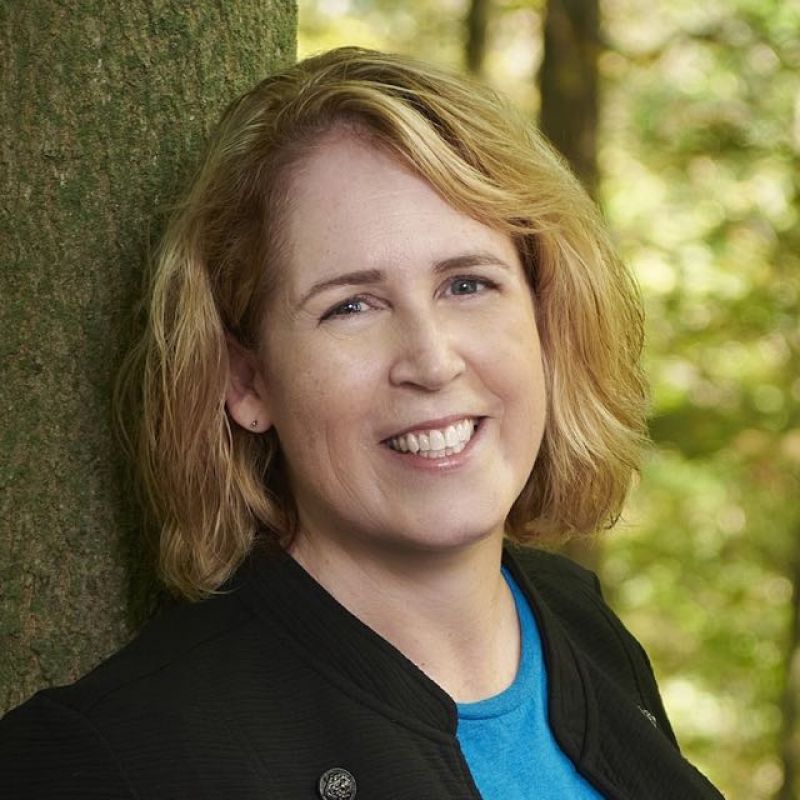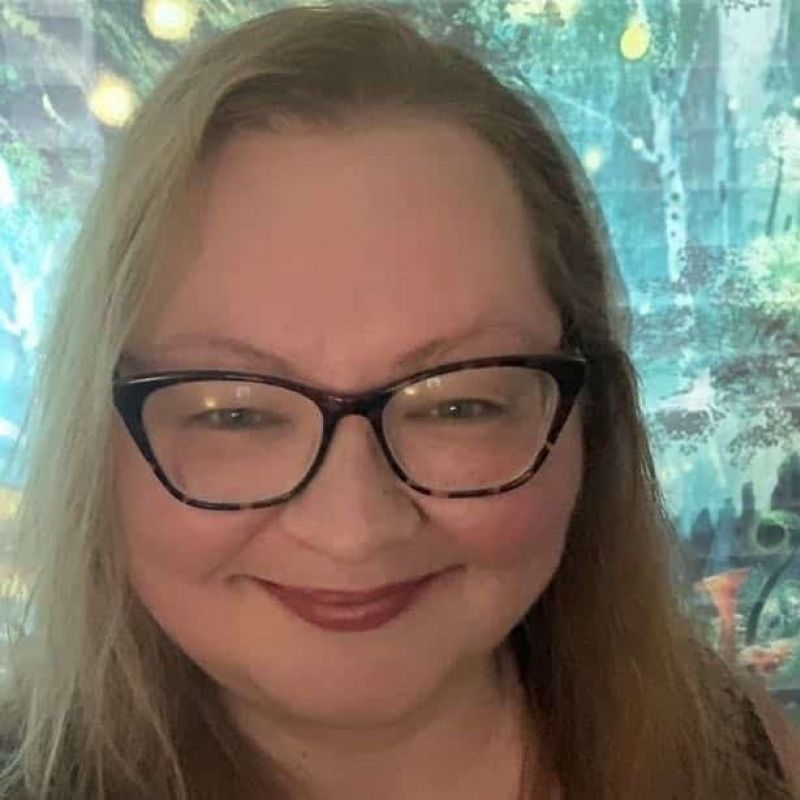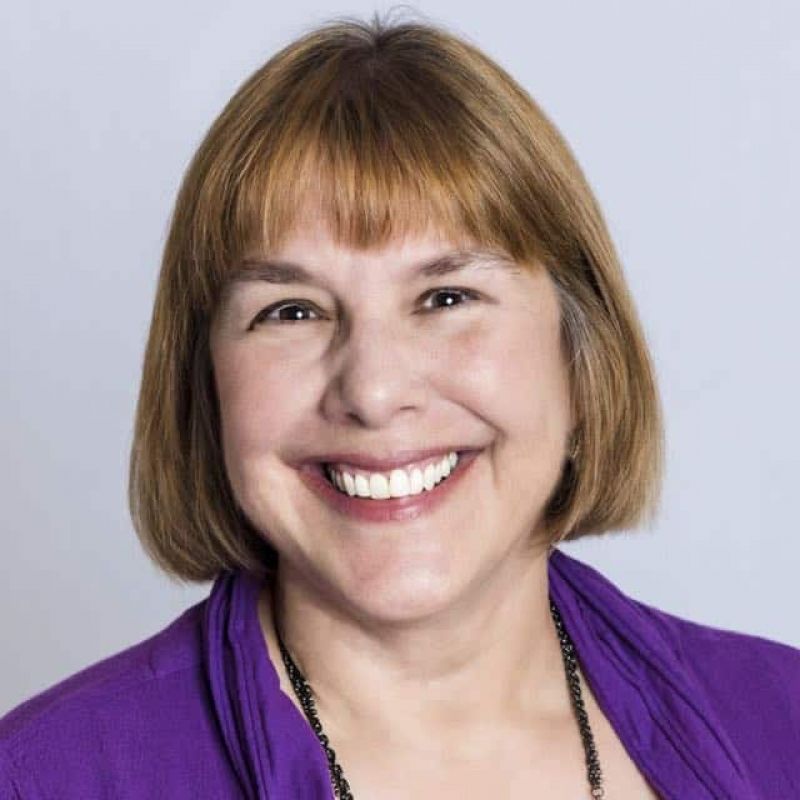Blog | Page 2 of 13
From Our Blog

The author business books we immerse ourselves intend to be related to craft, processes (such as outlining for plotters), or productivity for authors. Those are fine and helpful, but I’ve learned valuable lessons from books that are not author or writing focused and believe it’s beneficial to pull ideas from outside our industry to help build a successful author career.
The following books help…

Let’s face it—happy readers come back for more. While the digital age has transformed how we connect with our audience, one truth remains: creating lifelong fans beats making one-time sales. The best part? Readers don’t expect perfection. They just want to know you’ve got their back when issues pop up.
The common support scenarios
Tech troubles. What button do I push?
Most SOS calls are about e…

When listing their 10 top horror novels for 2024, The New York Times said we’re in a golden age of horror, which is wonderful news for anyone who writes—or wants to write—in the genre.
When I got my adult library card at 13, I went straight for the horror section. That’s what I loved to read and also what I wrote. But when I started thinking about writing for publication, I discovered that the …

Early in my writing career, I took a lot of world-building workshops. At the time, I was writing contemporary romances set in quirky small towns, so I would carefully build and populate my world. Then, I would turn in the manuscript and start all over again. It took years before I thought, “Wait … what if I stayed in one fictional place and explored more of its stories before moving on?”
Part o…

What is IngramSpark? IngramSpark (IS) is a service by Lightning Source, the print-on-demand division of Ingram, part of Ingram Content Group. IS distributes to more than 40,000 locations around the world, including libraries, independent bookstores, big box stores, and airport retailer Hudson.
Even if you are exclusive to Amazon for ebooks, you can make print books available through IngramSpark…

Writing retreats offer a chance to work in peace and restore creativity
Sometimes we need to escape our everyday lives and become a hermit for a time to meet that pesky deadline or work out a plot point. Or maybe visit with like-minded souls to remind ourselves why we write and to recharge our creativity.
That’s where writers’ retreats come in, hence the name.
Writing retreats run the gamut. Th…
